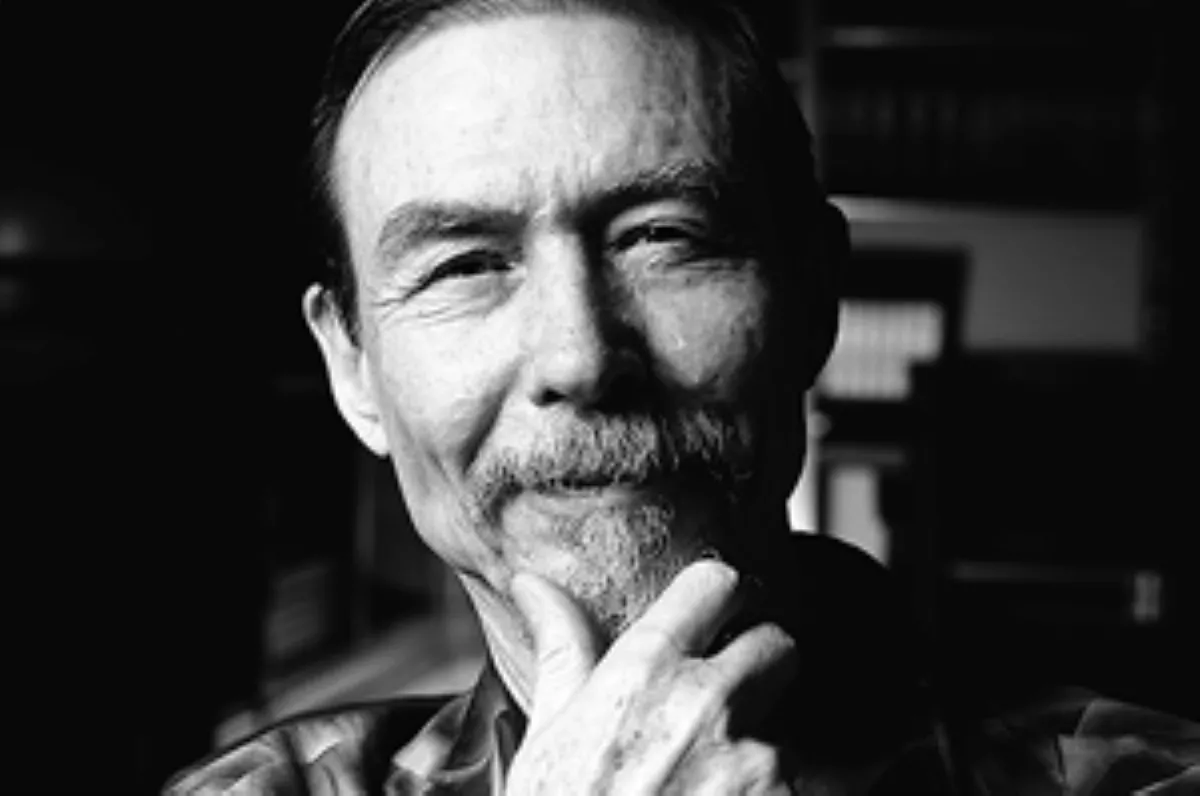 1.
1. Carver Andress Mead was born on 1 May 1934 and is an American scientist and engineer.

 1.
1. Carver Andress Mead was born on 1 May 1934 and is an American scientist and engineer.
Carver Mead currently holds the position of Gordon and Betty Moore Professor Emeritus of Engineering and Applied Science at the California Institute of Technology, having taught there for over 40 years.
Carver Mead has been involved in the founding of more than 20 companies.
Carver Mead taught Deborah Chung, the first female engineering graduate of Caltech, and advised Louise Kirkbride, the school's first female electrical engineering student.
Carver Andress Mead was born in Bakersfield, California, and grew up in Kernville, California.
Carver Mead's father worked in a power plant at the Big Creek Hydroelectric Project, owned by Southern California Edison Company.
Carver Mead attended a tiny local school for some years, then moved to Fresno, California to live with his grandmother so that he could attend a larger high school.
Carver Mead became interested in electricity and electronics while very young, seeing the work at the power plant, experimenting with electrical equipment, qualifying for an amateur radio license and in high school working at local radio stations.
Carver Mead studied electrical engineering at Caltech, getting his BS in 1956, his MS in 1957, and his PhD degree in 1960.
Carver Mead's contributions have arisen from the application of basic physics to the development of electronic devices, often in novel ways.
In 1966, Carver Mead designed the first gallium arsenide gate field-effect transistor using a Schottky barrier diode to isolate the gate from the channel.
Carver Mead is credited by Gordon Moore with coining the term Moore's law, to denote the prediction Moore made in 1965 about the growth rate of the component count, "a component being a transistor, resistor, diode or capacitor," fitting on a single integrated circuit.
Moore and Carver Mead began collaborating around 1959 when Moore gave Carver Mead "cosmetic reject" transistors from Fairchild Semiconductor for his students to use in his classes.
In 1968, Carver Mead demonstrated, contrary to common assumptions, that as transistors decreased in size, they would not become more fragile or hotter or more expensive or slower.
Carver Mead's results were initially met with considerable skepticism, but as designers experimented, results supported his assertion.
When Carver Mead's predicted target was achieved in actual transistor development in 2000, the transistor was highly similar to the one Carver Mead had originally described.
Carver Mead was the first to predict the possibility of creating millions of transistors on a chip.
Carver Mead's prediction implied that substantial changes in technology would have to occur to achieve such scalability.
Carver Mead was one of the first researchers to investigate techniques for very-large-scale integration, designing and creating high-complexity microchips.
Carver Mead taught the world's first LSI design course, at Caltech in 1970.
Carver Mead worked with Ivan Sutherland and Frederick B Thompson to establish computer science as a department at Caltech, which formally occurred in 1976.
Also in 1976, Carver Mead co-authored a DARPA report with Ivan Sutherland and Thomas Eugene Everhart, assessing the limitations of current microelectronics fabrication and recommending research into the system design implications of "very-large-scale integrated circuits".
Carver Mead advocated for the idea of fabless manufacturing in which customers specify their design needs to fabless semiconductor companies.
Carver Mead noted parallels between charges moving in MOS transistors operated in weak inversion and charges flowing across the membranes of neurons.
Carver Mead worked with Nobelist John Hopfield and Nobelist Richard Feynman, helping to create three new fields: neural networks, neuromorphic engineering, and the physics of computation.
Carver Mead, considered a founder of neuromorphic engineering, is credited with coining the term "neuromorphic processors".
Carver Mead was then successful in finding venture capital funding to support the start of a number of companies, in part due to an early connection with Arnold Beckman, chairman of the Caltech Board of Trustees.
Carver Mead has said that his preferred approach to development is "technology push", exploring something interesting and then developing useful applications for it.
In 1988, Richard F Lyon and Carver Mead described the creation of an analog cochlea, modelling the fluid-dynamic traveling-wave system of the auditory portion of the inner ear.
Carver Mead went on to describe an adaptive silicon retina, using a two-dimensional resistive network to model the first layer of visual processing in the outer plexiform layer of the retina.
Carver Mead pioneered the use of floating-gate transistors as a means of non-volatile storage for neuromorphic and other analog circuits.
Carver Mead has developed an approach he calls Collective Electrodynamics, in which electromagnetic effects, including quantized energy transfer, are derived from the interactions of the wavefunctions of electrons behaving collectively.
Carver Mead has been involved in the founding of at least 20 companies.